10 Travelers Who Took “Breaking the Rules” Way Too Far

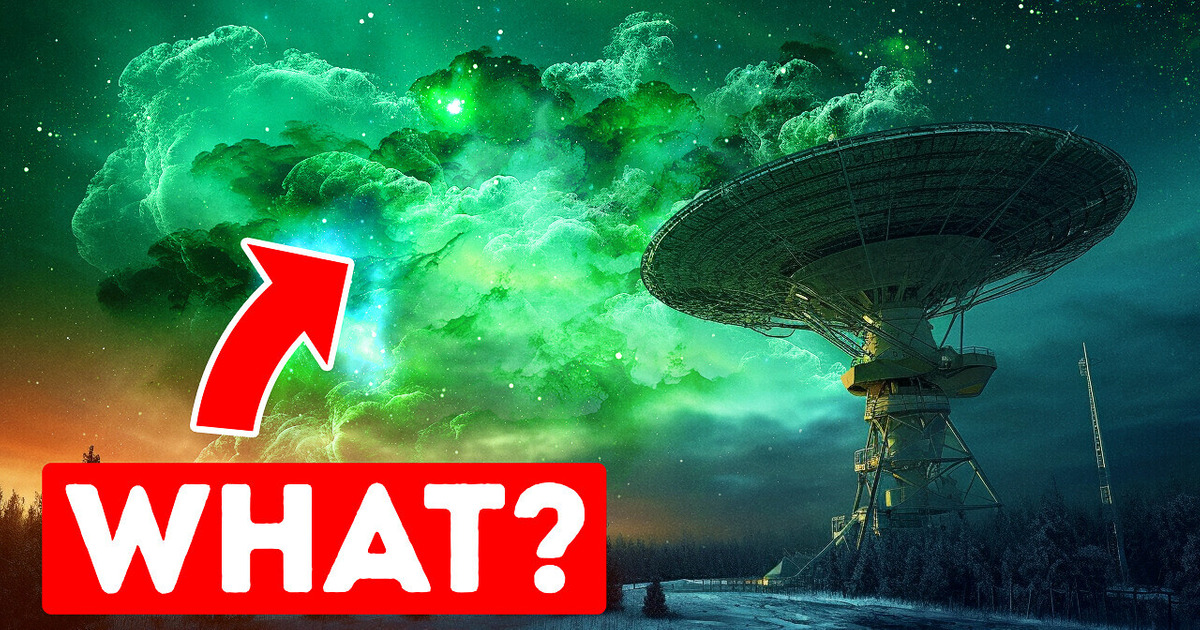
What comes to your mind when you hear the words “green monster”? Hulk? Shrek? Probably. cBut definitely not a young supernova in the Milky Way galaxy — oh, and if you have forgotten what our home galaxy looks like, here, have a look! So, anyway, is that supernova indeed green and — you know — scary? Not really.
But let’s start from the very beginning. Cassiopeia A (aka Cas A) is the remnants of a stellar explosion astronomers spotted in the sky 340 years ago. This supernova is 11,000 light years away from us in the constellation Cassiopeia, and its remnants span about 10 light years. Recently, scientists have managed to capture the sharpest image of these leftovers yet — all thanks to the James Webb Space Telescope, the largest optical telescope in space.
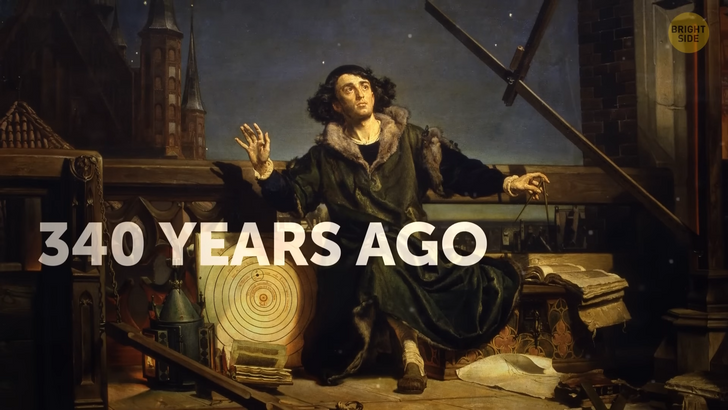
The image is full of bright colors — brilliant green, orange, and pink — maybe if you printed it out, it would make a great painting for your living room, just like this canvas! Each hue represents a different wavelength of infrared light, which is normally invisible to the human eye. The image can help astronomers figure out what happened to the poor star before its demise.
Cas A is the youngest known remnant from a massive star that once exploded in our galaxy. On its exterior, at the top and left, you can see curtains of material that seem red and orange because of the emission of warm dust. That’s where the ejected material from the exploded star collides with the surrounding gas and dust.
Inside this outer shell, there are chunks of bright pink bubble-shaped material that form clumps and knots. It comes from the star itself. This material is shining because of the mix of heavy elements, like neon, argon, and oxygen. Astronomers have spotted some dust emissions in that region, too — but they haven’t located the sources of these emissions yet.
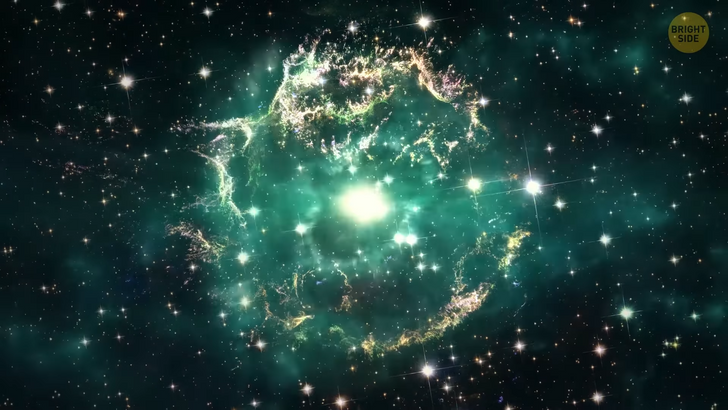
There’s also a prominent green loop extending across the right side of the supernova’s central cavity. And if you look closely, you’ll notice that a big region of Cas A is pockmarked with something that looks like small bubbles, which makes the thing even more complex and hard to understand.
The first X-rays from Cas A appeared in the 60s. But light from the supernova probably reached Earth in the 1600s. Unfortunately, there are no confirmed written observations of the supernova from those times. It must have looked like an extremely bright star, and historians still doubt whether any observers noticed it. Oh, and I bet you’ve been wondering about the nickname, right?
This space phenomenon was called the Green Monster in honor of Fenway Park in Boston. Its large green left-field wall has the same name. One of the main questions Cas A might help us to answer is, “Where does all that cosmic dust come from?” Astronomers have discovered that even very young galaxies at the early stages of their lives are filled with massive amounts of dust. So, does the Universe need vacuum cleaning? Or is the problem more complicated?
One of the crucial components in the appearance of this dust seems to be supernovae. They spew truly terrifying amounts of heavy elements, which are basically building blocks of dust, across the cosmos. So, let’s try to figure out what these supernovae are and how they occur. Good old stars keep their spherical shape because their gigantic mass creates a powerful gravitational field that pulls gas toward the center.
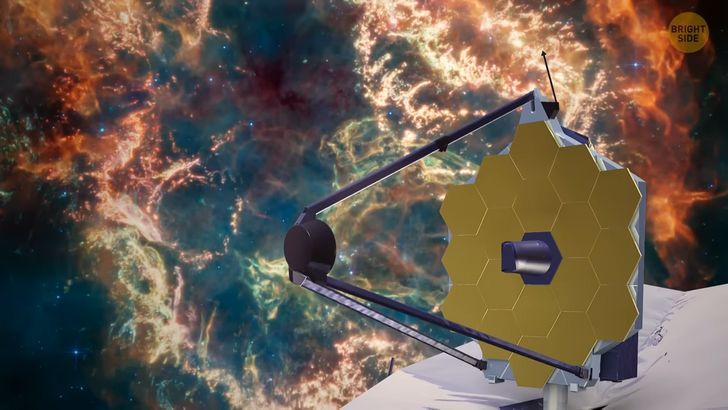
And at the same time, their cores produce enough energy to prevent gas from gathering too close to the center. All this creates a nice balance and a beautiful ball-like shape. But once a star becomes too old and massive (about 4 to 8 times as big as our Sun), it doesn’t have any more fuel left. That’s why all the reactions in its core stop. The star’s outer layers instantly try to collapse inward, but they bounce off the core, which remains incredibly dense. That’s when everything but the star’s core blasts out all over the Universe in a bright supernova explosion.
Now, as you may know, our Solar System itself can be a pretty scorching place. For example, the temperature of Earth’s core almost reaches a whopping 10,800 degrees F, which is about as hot as the temperature on the surface of the Sun! As for the Sun’s super hot center, it is heated up to 27,000,000 degrees F! Okay, that’s hot... But if we talk about the Universe, such temperatures are nowhere near “hot” in comparison with a supernova!
As you now know, it is the very last stage of a star’s life, which ends in a gigantic explosion. This explosion is one of the largest in space, and it unleashes enormous amounts of energy. Therefore, the temperature at the core of a supernova is an incredible 6,000 times higher than that of the Sun’s core. And it means that it can reach several billion degrees F within microseconds, which is almost impossible to imagine! After that, atoms get crammed together so infinitely closely that the squeezed core recoils — and a star explodes, creating a superheated shock wave.
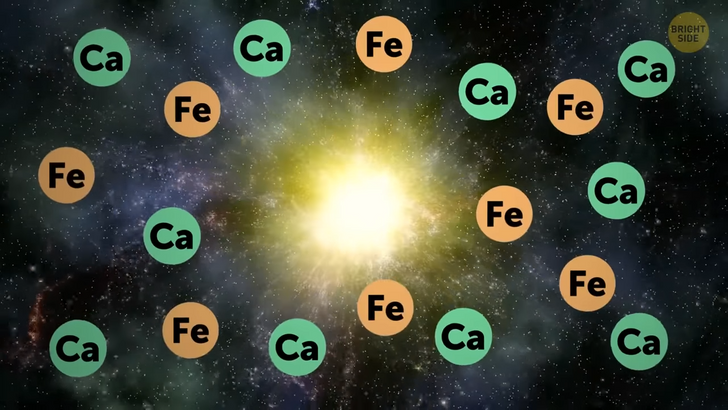
Anyway, let’s get back to our Cas A. By studying it with the help of the James Webb Telescope, astronomers hope to get a better understanding of its dust content. This, in turn, will help them figure out where the building blocks of stars, planets, satellites, and us humans come from. Experts can locate regions with different gas composition and look at the types of dust that formed there. By the way, if you’re interested in space, too, but don’t have access to the James Webb Telescope, you can get yourself a telescope of your own and enjoy amazing views!
Supernovae such as the one that once created Cas A are very important for life as we know it. They spread such elements as, for example, calcium that we have in our bones or iron our blood contains, literally seeding new stars and planets. You are made from star stuff. Supernovae don’t always mean the end of stars. Even though a star loses its outer layer, it might still survive the explosion. Then it either becomes a black hole or a new kind of star. See for yourself.
Even without the outer layers, a star’s core keeps collapsing. At one moment, the pressure inside becomes so high that electrons and protons virtually melt into each other and form neutrons. The result of this crazy fusion is a neutron star whose mass consists of 90% of neutrons. It means that the thing just can’t be squashed any tighter! Then energy starts to leave the fading star, transforming it into a neutron star. And the amount of this energy is so great that it can be compared with the combined light emitted by all the stars in the observable universe!
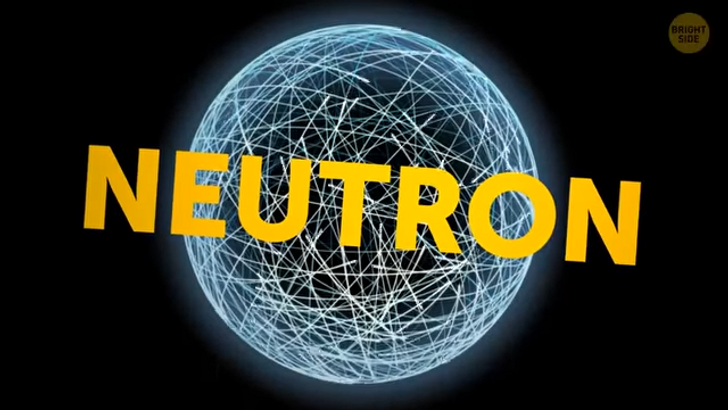
Energy is leaving the star in the form of neutrinos — subatomic particles that are similar to electrons but with no electrical charge and a very small mass. And during a supernova explosion, the star emits almost 10 times more neutrinos than the number of protons, electrons, and neutrons in the Sun! No wonder that in such conditions, something truly scary gets born!
A neutron star (which is basically a monster nucleus — the central part of an atom) is relatively small. Even though scientists don’t know for sure how big neutron stars are, they suppose that these space bodies shouldn’t be bigger than 12 miles across. For comparison, our Sun is almost 865,000 miles across, which is 109 Earths put side by side! But even with such a modest size, any neutron star will be at least one and a half times heavier than the Sun.
Think about this: if you scooped just a teaspoon of neutron star insides, this stuff would weigh no less than a billion tons! That’s very dense, so dense that the next stop is the Black Hole itself! Wow... What can I say? Space is an endless source of mystery and inspiration for me! I’m even considering adding some space vibes to my home — and I know just the thing to do it! Don’t thank me.











